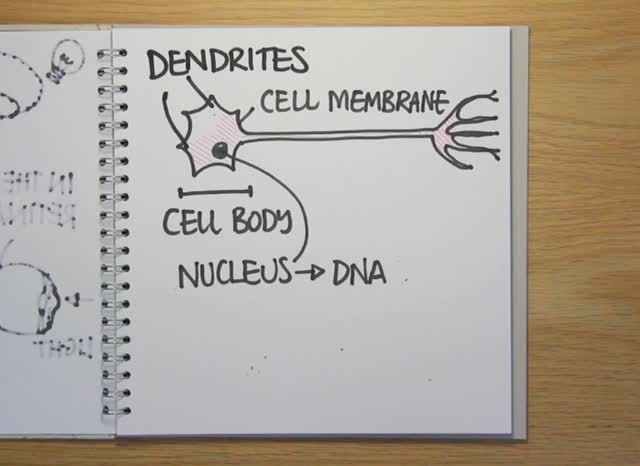A way to turn skin cells directly into functioning brain cells has been announced by scientists in New York.
Asa Abeliovich, a researcher at Columbia University in New York,  took human skin fibroblast cells and, using a disabled virus, added a handful of regulatory genes called Ascl1, Brn2 and Zic1. These normally act as forebrain transcriptional regulators, meaning that their role is to control the expression of other genes, but in this case they were also able to trigger up to 68% of the cells to begin to turn themselves into neurones.
took human skin fibroblast cells and, using a disabled virus, added a handful of regulatory genes called Ascl1, Brn2 and Zic1. These normally act as forebrain transcriptional regulators, meaning that their role is to control the expression of other genes, but in this case they were also able to trigger up to 68% of the cells to begin to turn themselves into neurones.
And just like normal nerve cells, the newly-produced neurones were capable of firing action potentials (electrical impulses) and their electrical activity could also be altered with nerve-selective drugs or chemicals. They also had thin axon-like processes capable of releasing nerve transmitter chemicals and, when injected into the developing nervous systems of mice, they survived and could even be found wired-up in the animals' brains after they were born.
In a formidable twist, skin cells from patients with Alzheimer's Disease were also transformed into brain cells that displayed the very same abnormal biochemical characteristics that typify the disease. "This is the first biological inroad for the modelling of sporadic illnesses," says Abeliovich.
Although this technique is not the first to turn skin cells into nerve cells, previous attempts to do this have involved first turning the cells into stem cells, called iPS cells, and then triggering them to re-specialise into neurones. But recent studies have shown that cells generated this way can be unreliable owing to mutations occuring in their DNA during the re-programming process. However, this new approach, described in the journal Cell, is one way around the problem.









Comments
Add a comment